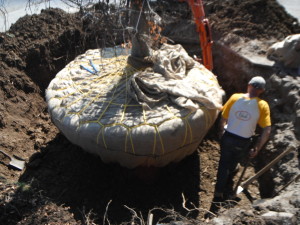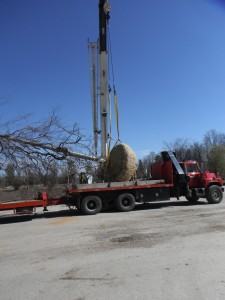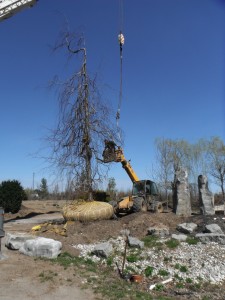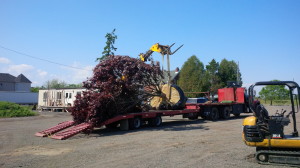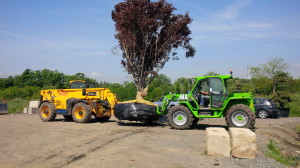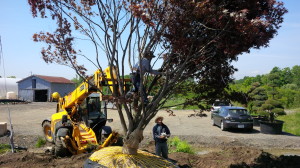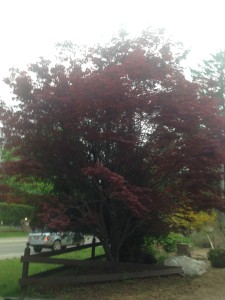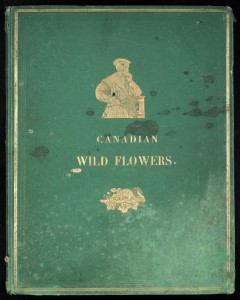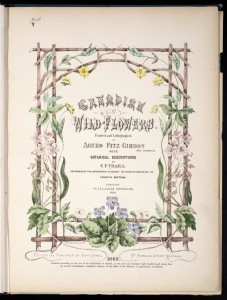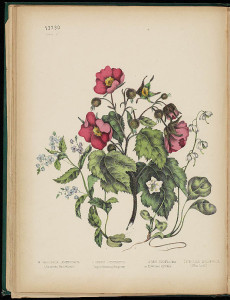To do or not to do, that is the question
2 Sep
When is it worth moving a tree? There are several factors worth considering as part of the process.
Why do you want to move the tree? Was it a commemorative tree by a family member that has emotional attachment?Is it a rare tree, or the perfect Specimen? Are the soil conditions agreeable to a move? Does the plant cultivar in question have many moving issues? Spring or Fall dig, shallow or deep root tendencies?
My method of assessment regarding the decision to move is based on the 10 point scale, this involves all of the above with 8 being the number reached to really consider being worthy for a professional point of view.
Trees in locations where they are equipment inaccessible are what we specialize in. We hand dig the tree which allows us a first hand view of the quality of a dig based on root patterns, soil conditions & moisture. All of these points are issues and we can abort the digging and lifting with minimal cost to the customer. No two digs are ever the same and over the years we’ve had many interesting situations. This is what makes our business interesting and a joy in most cases. Digging during the winter, or cold wet Spring or Fall conditions are why you truly have to love what you do.
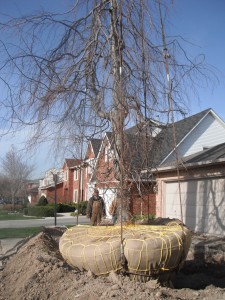
Tree ready to go.

